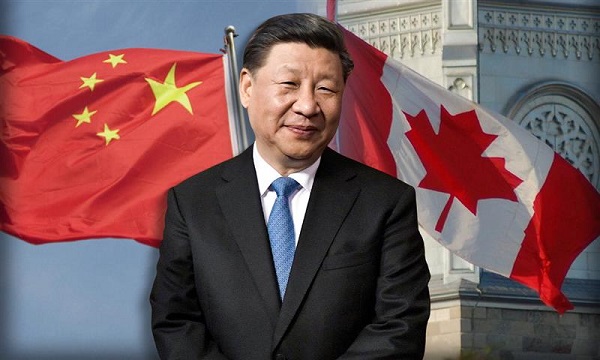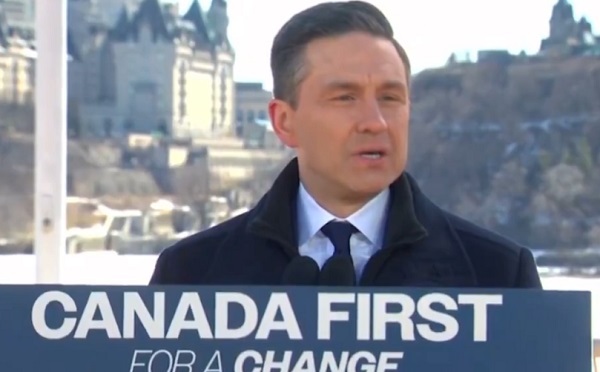Business
Higher Capital Gains Taxes cap off a loser federal budget
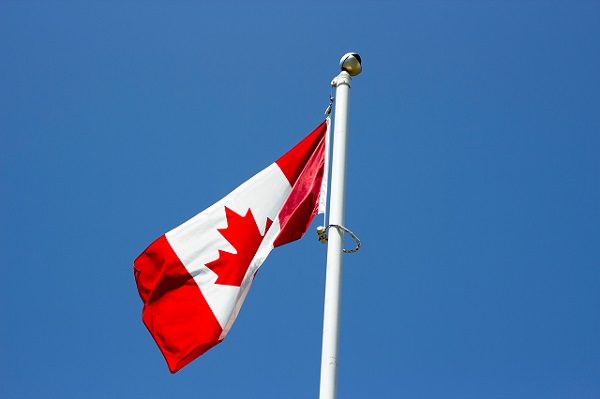
From Frontier Centre for Public Policy
By Lee Harding
Even former Liberal Finance Minister Bill Morneau told the Financial Post the capital gains tax increase would be “very troubling for many investors.” He added, “I don’t think there was enough effort in this budget to reduce spending, to create that appropriate direction for the economy.”
New taxes on capital gains mean more capital pains for Canadians as they endure another tax-grabbing, heavy-spending federal deficit budget.
Going forward, the inclusion rate increases to 66 per cent, up from 50 per cent, on capital gains above $250,000 for people and on all capital gains for corporations and trusts. The change will affect 307,000 businesses and see Ottawa, according to probably optimistic projections, rake in an additional $19.4 billion over four years.
A wide chorus of voices have justifiably condemned this move. If an asset is sold for more than it was bought for, the government will claim two-thirds of the value because half is no longer enough. It’s pure government greed.
If you were an investor or a young tech entrepreneur looking for somewhere to set up shop, would you choose Canada? And if you’re already that investor, how hard would you work to appreciate your assets when the government seizes much of the improvement?
Even before this budget, the OECD predicted Canada would have the lowest growth rates in per-person GDP up to 2060 of all its member countries.
In a speech in Halifax on March 26, Bank of Canada senior deputy governor Carolyn Rogers put the productivity problem this way: “You’ve seen those signs that say, ‘In emergency, break glass.’ Well, it’s time to break the glass.”
What can Canadians bash now? Their heads against a wall?
Even former Liberal Finance Minister Bill Morneau told the Financial Post the capital gains tax increase would be “very troubling for many investors.” He added, “I don’t think there was enough effort in this budget to reduce spending, to create that appropriate direction for the economy.”
No kidding. Not since the first Prime Minister Trudeau (Pierre) have Canadians been able to count so reliably on deficit spending, higher expenditures, and more taxes.
Long ago, it seems now, when Justin Trudeau was not yet prime minister, he campaigned on “a modest short-term deficit” of less than $10 billion for each of the first three years and a balanced budget by the 2019-2020 fiscal year.
His rationale was that low interest rates made it a rare opportunity to borrow and build infrastructure, all to encourage economic growth. Of course, the budget never balanced itself and Canada has lost $225 billion in foreign investment since 2016.
The deficits continue though the excuse of low interest rates is long gone. Despite higher carbon and capital gains taxes, this year’s deficit will match last year’s: $40 billion. Infrastructure seems less in view than an ever-expanding nanny state of taxpayer-funded dental care, child care, and pharmacare.
Of course, the Trudeau deficits were not as modest as advertised, and all-time federal debt has doubled to $1.2 trillion in less than a decade. Debt interest payments this coming fiscal year will be $54.1 billion, matching GST revenue and exceeding the $52 billion of transfers to the provinces for health care.
In 1970, columnist Lubor Zink quoted Pierre Trudeau as saying, “One has to be in the wheelhouse to see what shifts are taking place . . . The observer . . . on the deck . . . sees the horizon much in the same direction and doesn’t realize it but perhaps he will find himself disembarking at a different island than the one he thought he was sailing for.”
Like father, like son, Justin Trudeau has captained Canada to a deceptive and unwelcome destination. What started as Fantasy Island is becoming Davy Jones’ Locker.
Lee Harding is a Research Fellow at the Frontier Centre for Public Policy
Business
Biden’s Greenhouse Gas ‘Greendoggle’ Slush Fund Is Unraveling


From the Daily Caller News Foundation
By Michael Chamberlain
We warned you: this gas didn’t smell right from the beginning.
The Greendoggle has made the big time! Not every shady government giveaway to special interests gets its own Wall Street Journal editorial.
But how often does the new EPA administrator announce that his staff has discovered that $20 billion that had been appropriated for the Greenhouse Gas Reduction Fund (GGRF or “Greendoggle”) had been “parked” in a bank by the Biden EPA until it could be ladled out as grants to climate industry cronies? That’s what Administrator Lee Zeldin announced back in February, referencing a Biden appointee who was infamously caught on tape explaining that the agency was “throwing gold bars off the Titanic” – trying to get the unspent money out of the reach of the Trump administration. Zeldin’s “clawing back” that money, and the lawsuit by “public-private investment fund” Climate United to get the $7 billion it was awarded, has got the media paying attention. Finally.
Administrator Zeldin’s announcement that EPA is taking back the $2 billion awarded to an organization tied to prominent political figures marks another auspicious turn in the GGRF saga, which Protect the Public’s Trust (PPT) has followed and warned about since the beginning. Passed as part of the Inflation Reduction Act (Mr. Orwell, please call your office …), the GGRF was a massive spending program that would provide funds to environmentalist groups to finance green technology projects. The sheer amount of money Congress shoveled at the EPA was unprecedented. Unfortunately, it didn’t come with commensurate oversight resources – Mr. Zeldin says this was by design. The result was the Greendoggle, an environmentalist slush fund administered by insiders for insiders.
According to emails PPT obtained via FOIA request, the EPA invited a group of green activist organizations and thinktanks to a highly irregular November 2022 meeting to “provide early feedback on the RFI and ask clarifying questions.” And, as PPT foresaw, several groups with ties to EPA officials are on the invitation list. EPA’s “revolving door” with radical environmental groups spun fast in the Biden years.
PPT dug in and researched the green banks, finding multiple insider connections to the Biden administration. “With $27 billion dollars sloshing around, the American public should be on high alert for waste, fraud and abuse,” we warned in October 2023.
The next month, when the “short list” of coalitions vying to become GGRF distributors was announced, the Daily Caller News Foundation’s Nick Pope, whose reporting on the GGRF since early on has been essential in exposing the Greendoggle, revealed it featured “several organizations with considerable connections to the Biden administration, as well as the Democratic Party and its allies.” To put it mildly.
As the Greendoggle came together, the legacy media remained incurious, but for anyone paying attention, it smelled bad. There seemed to be no accountability, and given the Biden EPA’s ethical track record, that was concerning, to say the least.
One of the eight entities eventually chosen was the Coalition for Green Capital (CGC), a green bank whose mission is to “accelerate the deployment of clean energy technology throughout the US while maintaining a targeted focus on underserved markets.” CGC board member David Hayes left the organization for nearly two years to join the Biden White House Climate Policy Office as a special assistant to the president. He then went back to the CGC board. As PPT put it in a complaint it filed in June 2024 with the U.S. Office of Government Ethics and the EPA’s inspector general (and which the Zeldin EPA cited in its legal defense of the clawback), while at the White House Hayes “presumably worked at the highest level on the very GGRF program from which CGC sought funding upon his return. This timing is suspect considering CGC itself publicly announced his return to its board as part of its effort to obtain GGRF funding.” Not very subtle, but it worked. CGC got a $5 billion windfall out of the Greendoggle.
It just so happened that, while Mr. Hayes was in the administration, so was another CGC veteran, Jahi Wise. Like Hayes, Wise was a special climate assistant to the president, until he joined the EPA in December 2022 as … founding director of GGRF. Subtlety doesn’t seem to be among the skill sets CGC looks for in its people. Wise at least didn’t return to CGC after that. He joined a George Soros foundation.
The GGRF should become a metaphor for congressional shortsightedness, bureaucratic arrogance and the venality of special interests at the government trough. The “green” industry is an industry like any other, green special interests are special interests and the color of a taxpayer dollar doesn’t change because it’s being wasted in a nominally noble cause.
The Greendoggle stank, gas and all.
Michael Chamberlain is Director of Protect the Public’s Trust.
2025 Federal Election
Poilievre, Conservatives receive election endorsement from large Canadian trade union

From LifeSiteNews
The International Brotherhood of Boilermakers said Conservative prime minister candidate Pierre Poilievre ‘understands that the surest and most sustainable route to providing a cleaner environment is through technology, not dismantling our energy sectors, raising taxes, importing energy from other nations, and shipping Canadian jobs abroad.’
Conservative Party of Canada (CPC) leader Pierre Poilievre gained the support of one of Canada’s largest trade unions to become the nation’s next Prime Minister in what is an unprecedented show of favor to the conservatives.
An open letter statement published March 24 by the Arnie Stadnick, the International Brotherhood of Boilermakers’ vice president, stated that it is in its “interest” to announce its “endorsement for Pierre Poilievre and all the conservative candidates across Canada in this federal election.”
“Pierre gets it. He knows and understands that the surest and most sustainable route to providing a cleaner environment is through technology, not dismantling our energy sectors, raising taxes, importing energy from other nations, and shipping Canadian jobs abroad,” Stadnick wrote.
The Boilermakers, who represent about 12,000 skilled trades workers in many industries such as shipbuilding, manufacturing, and energy, said it supports Poilievre’s “Boots not Suits” policy that looks to expand training for tradespeople in the nation and increase grants.
“This plan is designed to strengthen the workforce and reduce reliance on foreign labour, adding 350,000 Canadian workers to job sites over five years,” the Boilermakers’ union noted.
“We believe that Pierre Poilievre is the man best equipped to support all of us in the work that we do.”
The Coalition of Concerned Manufacturers and Businesses of Canada also endorsed the Conservative leader with a statement last week, saying it “strongly supports the election of Pierre Poilievre as the next Prime Minister of Canada.”
Canada will hold its next federal election on April 28 after Prime Minister Mark Carney, who took over from Justin Trudeau a few weeks ago, triggered it a week ago.
Poilievre has blasted Carney as an “establishment” Liberal politician who was “installed” by “Justin Trudeau’s insiders.”
Carney thus far appears to not have gained the favor of Canada’s trade workers, as could be seen from a recent incident involving a Canadian construction worker. A video of this worker went viral online after the worker “vowed” not to “shake the hand” of Carney at a recent press conference in Alberta.
-

 Uncategorized1 day ago
Uncategorized1 day agoPoilievre on 2025 Election Interference – Carney sill hasn’t fired Liberal MP in Chinese election interference scandal
-

 2025 Federal Election2 days ago
2025 Federal Election2 days ago2025 Federal Election Interference from China! Carney Pressed to Remove Liberal MP Over CCP Bounty Remark
-

 Censorship Industrial Complex1 day ago
Censorship Industrial Complex1 day agoWelcome to Britain, Where Critical WhatsApp Messages Are a Police Matter
-
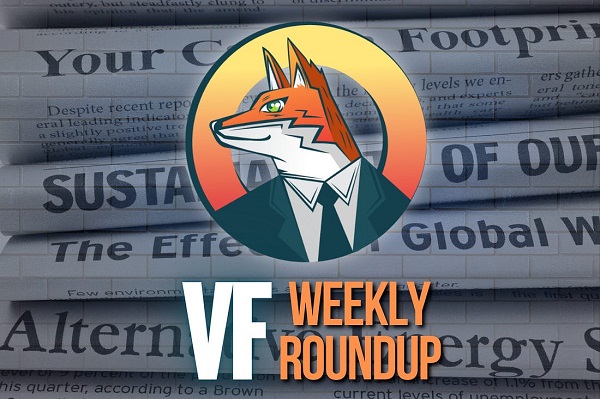
 Media2 days ago
Media2 days agoTop Five Huge Stories the Media Buried This Week
-

 2025 Federal Election1 day ago
2025 Federal Election1 day ago2025 Election Interference – CCP Bounty on Conservative Candidate – Carney Says Nothing
-
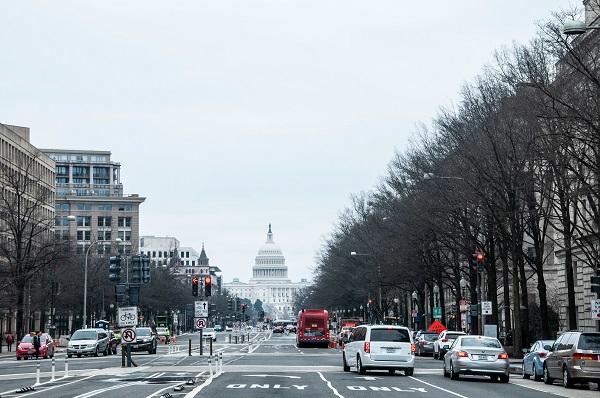
 International2 days ago
International2 days agoTrump signs executive order to make Washington D.C. “safe and beautiful”
-

 Business2 days ago
Business2 days agoCuba has lost 24% of it’s population to emigration in the last 4 years
-

 2025 Federal Election22 hours ago
2025 Federal Election22 hours agoChinese Election Interference – NDP reaction to bounty on Conservative candidate





